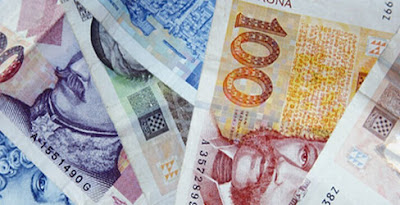Of course, the different currencies have their different unique qualities. As a fundamentalist, or generally a forex trader must find out these qualities and their relationships when quoted with other currencies.
This is an important thing to do in order to understand the factor that push the prices of these currencies. If you have ben trading for some time as an advanced forex trader, you will certainly know that the dollar/yen doesn't trade the same way as the dollar/swiss. There pattern of trades totally differs and so it is with all other currency pairs. In this article, you will be seeing the variations and the explanations for such variations among currency pairs.
1. The biggie
The Euro dollar is called the biggie. This currency pair is the most traded pair in the history of forex, and it has many exciting characteristics.
The EUR/USD should always be seen compared to other currency pair. For example, when there is a emerging trend in the USD/CHF, or GBP/USD, you will probably be looking out for the emergence of the break out also.
Not all indicators are also suitable for the EUR/USD pair, suggestions are that the momemtum indicator has a better change of analysis, although, this also depends on the trader.
2. The USD/JPY
The USD/JPY has also been recognized as a leading pair in forex. It records around 17 percent of total trades daily. They have the tendency to flunctuate in price in a more zig-zag fashion. But, traders are advices to study these pattern after analysing your indicators to suit your need, then opening a position to this pair may bring in some profit.
3. The USD/CHF
This pair has a very low liquidity, and thus tends to be less traded by advanced fores traders. Do not just pick a pair because prices are moving up and down, make sure you knw the relation before commiting a position.
4. THe GBP/USD
This currency pair is known as the cable. It also doesn't have a good liquidity, and it is as a result of its higher pip value.
Do not apply the same trading methods to all currencies because the differ in characteristics.
Saturday, April 12, 2008





